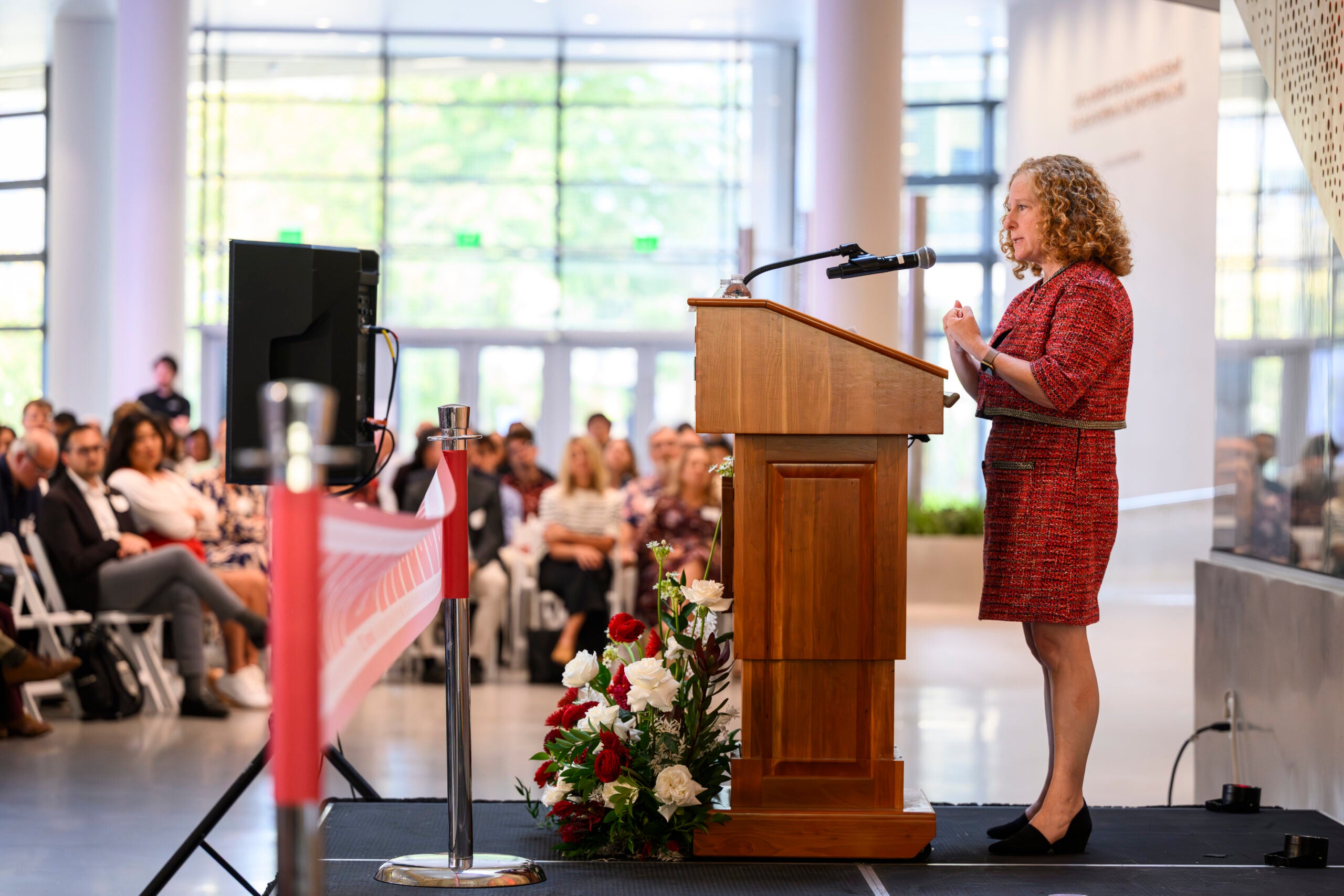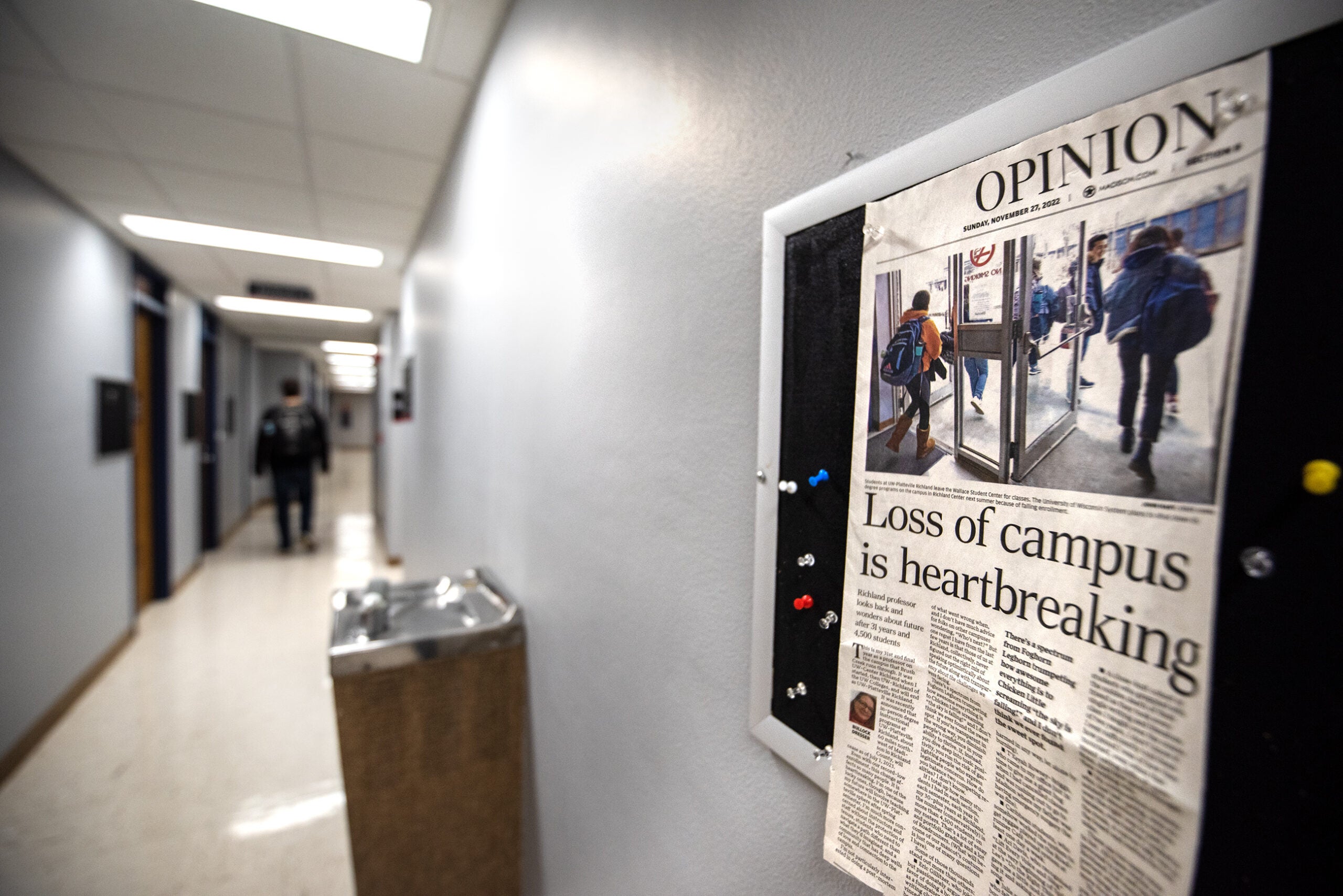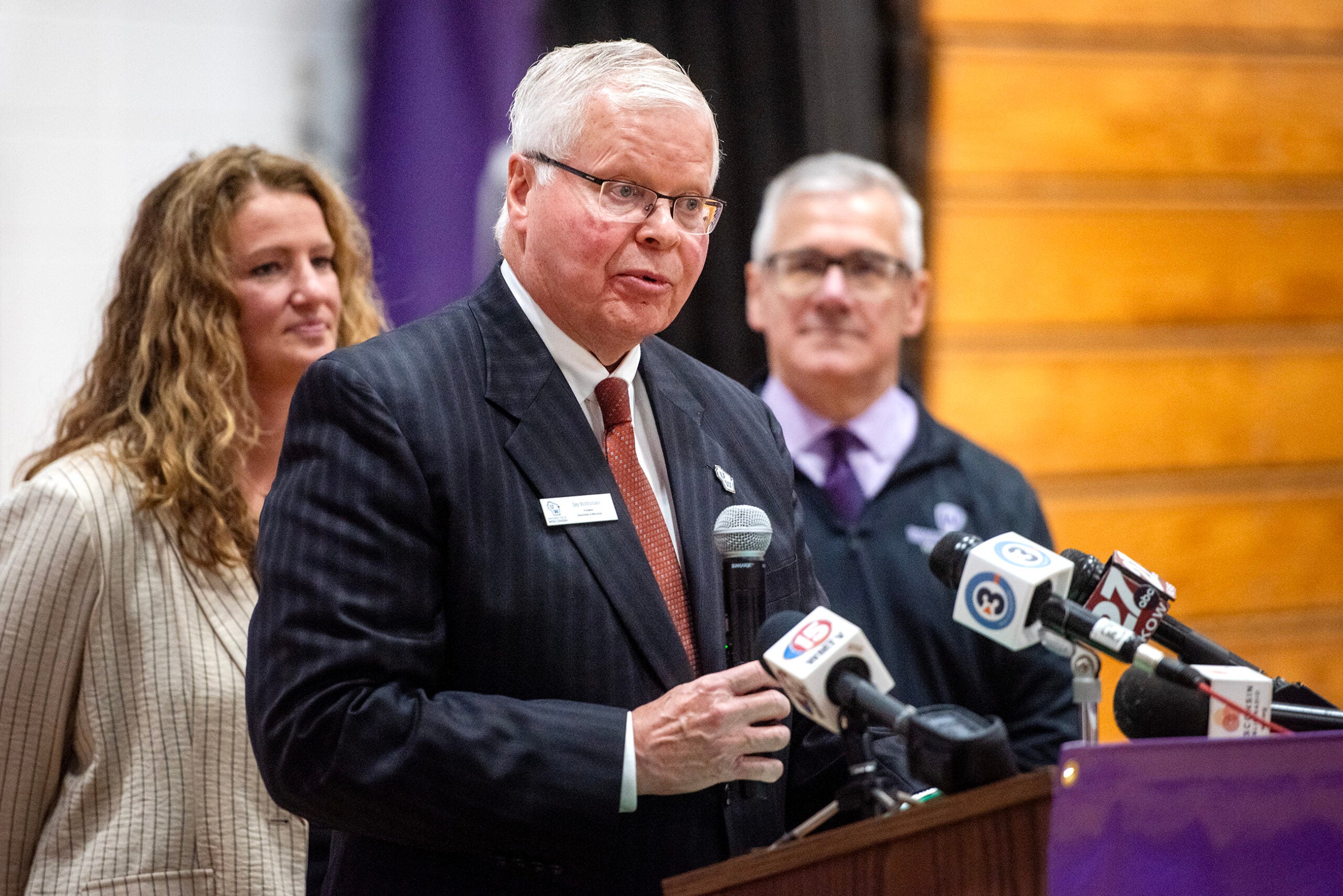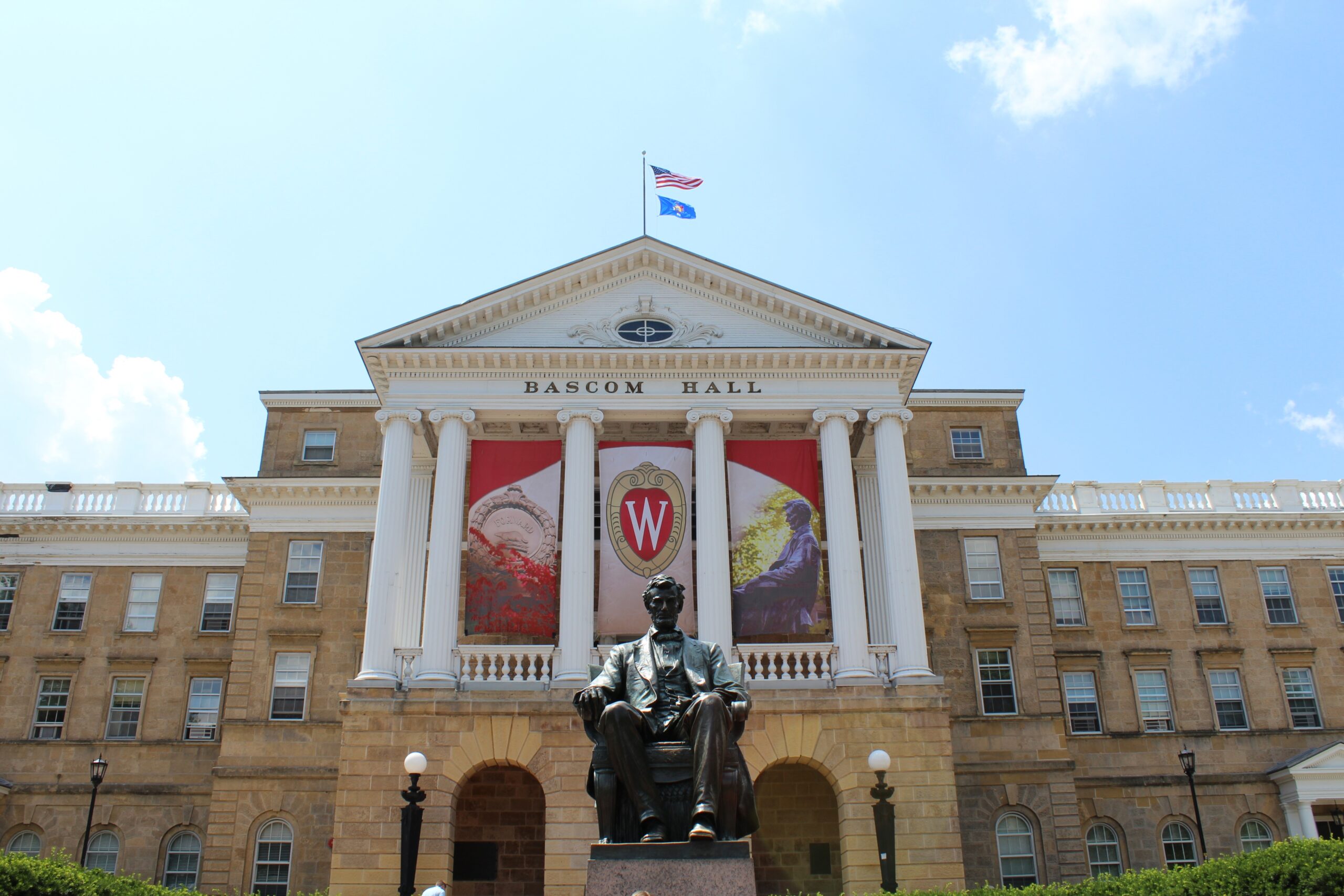A new study of public state flagship universities shows that the University of Wisconsin-Madison is among the top of its peers in terms of affordability but enrolls fewer students receiving low-income federal grants than most others.
The Institute for Higher Education Policy (IHEP) report, titled “Opportunity Lost: Net Price and Equity at Public Flagship Institutions,” measured affordability at flagship campuses by creating five student profiles based on national data including family incomes and employment. It then compared financial aid and grant offerings at flagship institutions nationwide to determine how much debt students attending those campuses might incur. It defined flagship universities as “the most selective, rigorous and well resourced public schools in each state”.
By those metrics, UW-Madison was one of the four most affordable flagship universities in the nation. But the report also pointed out that only around 12 percent of UW-Madison students were eligible for the federal, low-income Pell grant program. Mamie Voight is an analyst with IHEP who co-authored the report.
News with a little more humanity
WPR’s “Wisconsin Today” newsletter keeps you connected to the state you love without feeling overwhelmed. No paywall. No agenda. No corporate filter.
“Pell grants are a useful proxy for low-income students,” said Voight. “The federal Pell grant program is a needs-based financial aid program that directs grants to low income students. So, it’s one way of looking at the socioeconomic diversity of an incoming class.”
Voight said UW-Madison enrolls fewer Pell grant recipients than most of its peers.
“So, while Wisconsin does pretty well in terms of affordability for low-income students — they keep the prices down by providing grant aid — they aren’t enrolling very many low income students,” said Voight. “And they actually fall in towards the bottom of the list when we look at the relative percent of Pell grant students at the flagship universities.”
UW-Madison, Pennsylvania State University and the University of Virginia were the bottom three enrollees of students receiving Pell grants. According to the federal National Center for Education Statistics, 28 percent of Wisconsin students received Pell grants in the 2016-2017 school year.
Voight said UW-Madison has increased the number of low-income students since the 2007-2008 academic year but that growth is still lagging behind other state flagship universities and trails other UW campuses in Wisconsin.
Derek Kindle directs UW-Madison’s Office of Student Financial Aid. In an interview with WPR he said the campus is a “need-blind” institution meaning that student and family income isn’t considered during the admissions process. He said that means they don’t know how many incoming students are receiving Pell grants until after they’re enrolled.
“But what that might mean is we have to do a better job in community spaces of making sure that students and families from low-income backgrounds know that UW-Madison is an option,” Kindle said. “And that’s what we have been doing over the past year or so. It does take a while for that to catch up in our numbers. So, they will always report one to two-year-old numbers. So, we hope to see progress over the next several years.”
Kindle said his office and other campus officials are working to recruit more low-income students by doing visits to high schools, working with non-profit groups like the Boys & Girls Club, 4H and leveraging UW-Madison’s Division of Extension, which has county offices around the state. Also, he said that while other flagship universities may enroll a higher percentage of Pell recipients, they may not be providing as much financial assistance or retaining students as well as UW-Madison.
“So, one could argue of course you could take on more students but if you’re not graduating them and they’re not retaining or they’re coming out with lots of debt is that the best position for the student to be in?” asked Kindle.
In 2018, UW-Madison kicked off a financial aid program called “Bucky’s Tuition Promise” which offers free tuition for students from families making $56,000 or less per year. During the program’s first year, 800 incoming freshman were awarded the grant.
Kindle also said the campus has done some serious research into how to make college more affordable and accessible for low-income students through its Student Success Through Applied Research (STAR) lab, which pairs researchers on campus with administrators in the financial aid office.
“It’s the first of its kind, we believe, and so they are embedded physically in our space and looking at how do we improve access, how do we let students and families know that UW-Madison should be a home for them no matter their financial circumstance,” said Kindle.
Nationwide, the IHEP report said while flagship universities around the country offer promises of affordability, only six of 50 met the study’s benchmark for students who are not from “high-income” backgrounds.
Wisconsin Public Radio, © Copyright 2026, Board of Regents of the University of Wisconsin System and Wisconsin Educational Communications Board.





